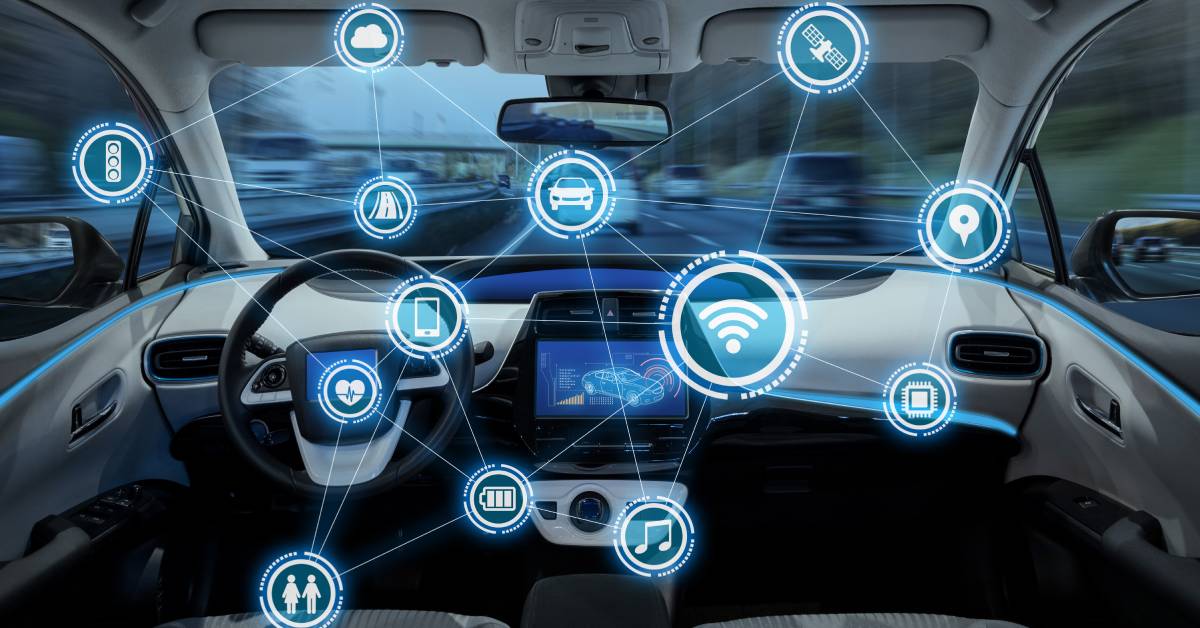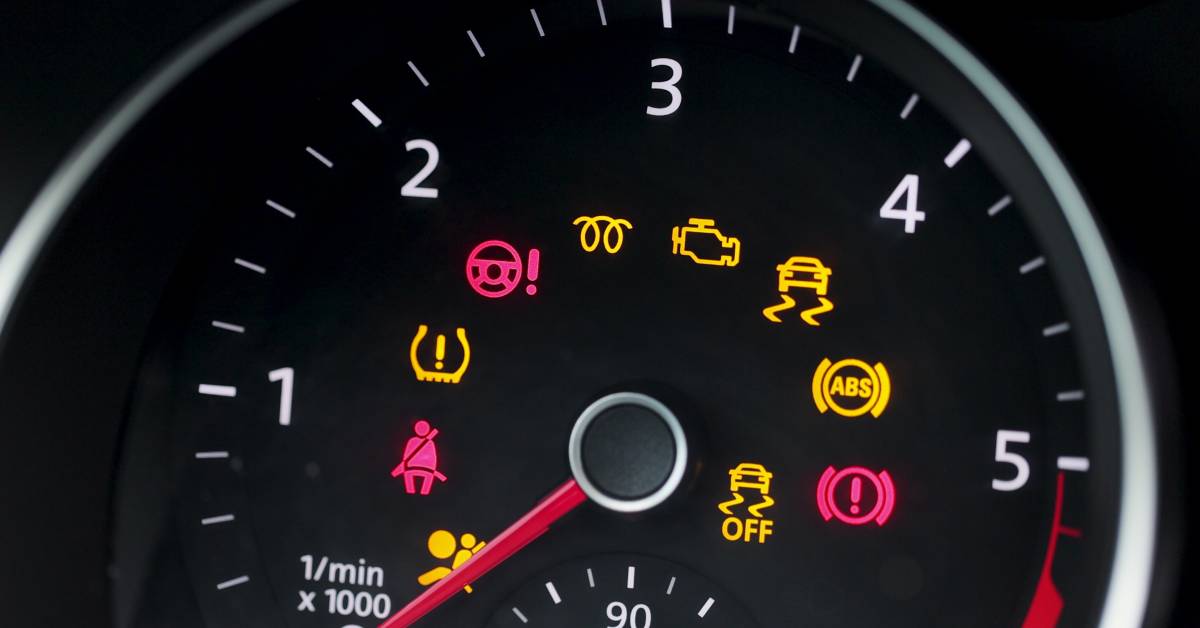How Automotive Electronics Affect Safety and Experience
How Automotive Electronics Affect Safety and Experience

Automotive electronics have revolutionized the automotive industry in recent years. As technology continues to advance, the same is true for cars. Most modern vehicles have touchscreen systems and dashboard alerts to tell a driver that a component needs maintenance. Read all about how automotive electronics affect safety and the driving experience.
Improved Safety Systems
Improved safety systems are among the best advantages automotive electronics have brought to vehicles. With technological advancements, cars now have more sensors, cameras, and computer systems than ever. These electronic components work together to detect potential hazards on the road and alert the driver or even take control of the vehicle to prevent accidents. Some of the key safety systems include the following:
Advanced Driver Assistance Systems
Most modern vehicles have advanced driver assistance systems (ADAS) with features such as lane departure warning, blind spot detection, and pedestrian detection. These systems use a combination of cameras, sensors, and algorithms to monitor the vehicle’s surroundings and provide alerts or take control of functions to avoid collisions.
Crash Avoidance Systems
Crash avoidance systems use similar technologies to ADAS but focus on preventing collisions rather than just warning the driver. For example, cars with automatic emergency braking will apply the brakes if a potential collision is detected and the driver does not react quickly enough.
Adaptive Lighting Systems
Automotive electronics enhance the driver’s visibility at night by using adaptive lighting systems. They use sensors to detect the surrounding environment and adjust the headlights, providing optimal illumination while reducing glare for other drivers.
Dashboard Systems

Your dashboard provides vital information such as speed, fuel in the tank, seatbelt alerts, and maintenance needs. For instance, if one tire has low air pressure or there are issues with the engine, the vehicle’s system will trigger the corresponding light to illuminate on the dashboard and alert you.
Seatbelt Warnings
Nearly all of us have heard that repetitive “ding ding ding” when we forget to buckle up. Driving without buckling your seatbelt is dangerous, so vehicles have built-in computer systems to trigger this alarm and remind drivers and passengers about fasting their seatbelts.
Maintenance Reminders
Many vehicles now have sensors and electronic systems that can track the levels of various things, such as engine oil, tire pressure, and brake wear.
Improved Telematic Systems
Many of us rely on the GPS to guide us from point A to point B. Thanks to advanced technology, you don’t have to waste your phone battery or data while navigating! Modern cars have advanced telematics systems, which use GPS and Internet connectivity to provide real-time navigation, traffic updates, and emergency assistance.
Improved Fuel Efficiency
Gasoline and diesel are expensive, so many automotive engineers are developing more eco-friendly cars with that in mind. Automotive electronics play a significant role in managing the vehicle’s engine and transmission to optimize fuel consumption.
Some cars have an option to go into “eco-mode” with the push of a button. This function adjusts the car’s acceleration, shifting points, and other settings to improve fuel efficiency. Additionally, many vehicles now have automatic start-stop systems that shut off the engine when idling at a stoplight or in traffic, reducing unnecessary fuel consumption.
Improved Sensor Fusion and Calibration
Another way automotive electronics affect safety and experience is through sensor fusion and calibration. Automotive electronics use these systems to create more accurate and reliable safety systems.
By integrating data from various sensors, like radar and cameras, vehicles can observe their surroundings to improve functionalities such as adaptive cruise control, lane-keeping assistance, and collision avoidance systems.
Automotive Bonus Fact
Sensor fusion allows other systems like ADAS and telematics to work together more effectively, enhancing the driving experience.
Improved Comfort and Convince
Most of what we’ve mentioned so far directly relates to safety. While feeling safe benefits your driving experience, electronic systems also focus on your comfort and convenience on the road. Some cars still rely on manual seat adjustment, but most modern vehicles have electronic options, allowing for more precise and effortless positioning. This feature is beneficial for maintaining good posture and avoiding discomfort on long drives.
Automotive electronics also improve climate control. Electronic systems can automatically adjust a vehicle’s temperature, fan speed, and air distribution based on set preferences or external conditions. Many cars even have with heated and ventilated seats, providing comfort regardless of external temperatures.
The Need for Automotive Connectors

Vehicles rely on automotive connectors to transfer data and power between electronic components; without them, electrical systems wouldn’t work correctly. However, connectors can wear out or break and require replacements.
ADAS, seatbelt alerts, climate control, power windows, and even the engine cooling system all require connectors to function. The need for more advanced and durable connectors will also increase as technology advances.
Buy the Right Replacement
When you buy a new connector, it must match the current one. If you have the part number, you can use a cross-reference guide. Likewise, you should analyze the new connector’s shape, size, and number of pins to ensure compatibility.
Connector Experts
At Connector Experts, you can shop for connectors based on the number of pins or your vehicle specifications. Plus, you can contact our team for assistance if you cannot find the connector you need.
Types of Connectors in Cars
Most cars use a combination of connectors, each designed for specific purposes and functions. Some examples of connectors include the following:
- Wire-to-wire
- Board-to-wire
- Board-to-board
Specific types of connectors, such as pigtail/pin connectors, are wire-to-wire connectors that support power systems. Without pigtail connectors, a car’s electrical systems wouldn’t work properly, decreasing safety and enjoyment as you drive.
The Future of Automotive Connectors
Innovation in connector technology is moving at a rapid pace. Current trends include miniaturization, enabling more compact and lightweight vehicle designs. Enhanced materials and manufacturing processes are improving connector durability and performance. These advancements are crucial as vehicles become more electrified and interconnected.
The demand for advanced connectors will only grow as the automotive industry continues to evolve. Similarly, connector manufacturers must adapt to new challenges and push the boundaries of what’s possible. This could mean creating connectors that handle higher power and data transfer rates, are more resistant to extreme conditions, or have longer lifespans.
Order Your Connectors
Connector Experts has the largest collection of genuine automotive connectors. We sell pigtail connectors for different types of vehicle makes, models, and years. Whether you need a 7-pin electrical connector or one with dozens of pins, you’ll find it in our online shop. Order high-grade connectors so you can keep the electrical components of your vehicle working properly.

You must login to post comments.